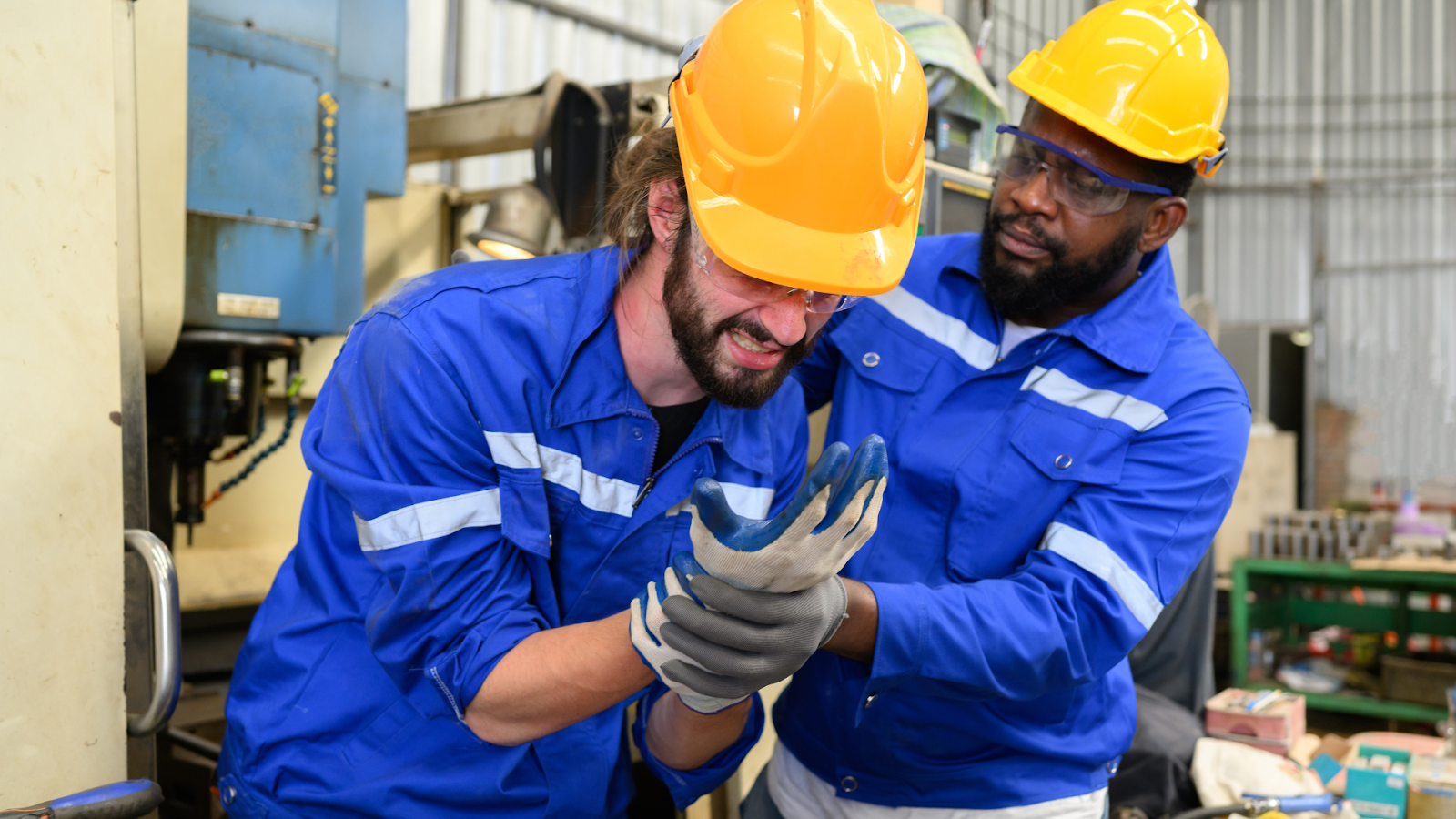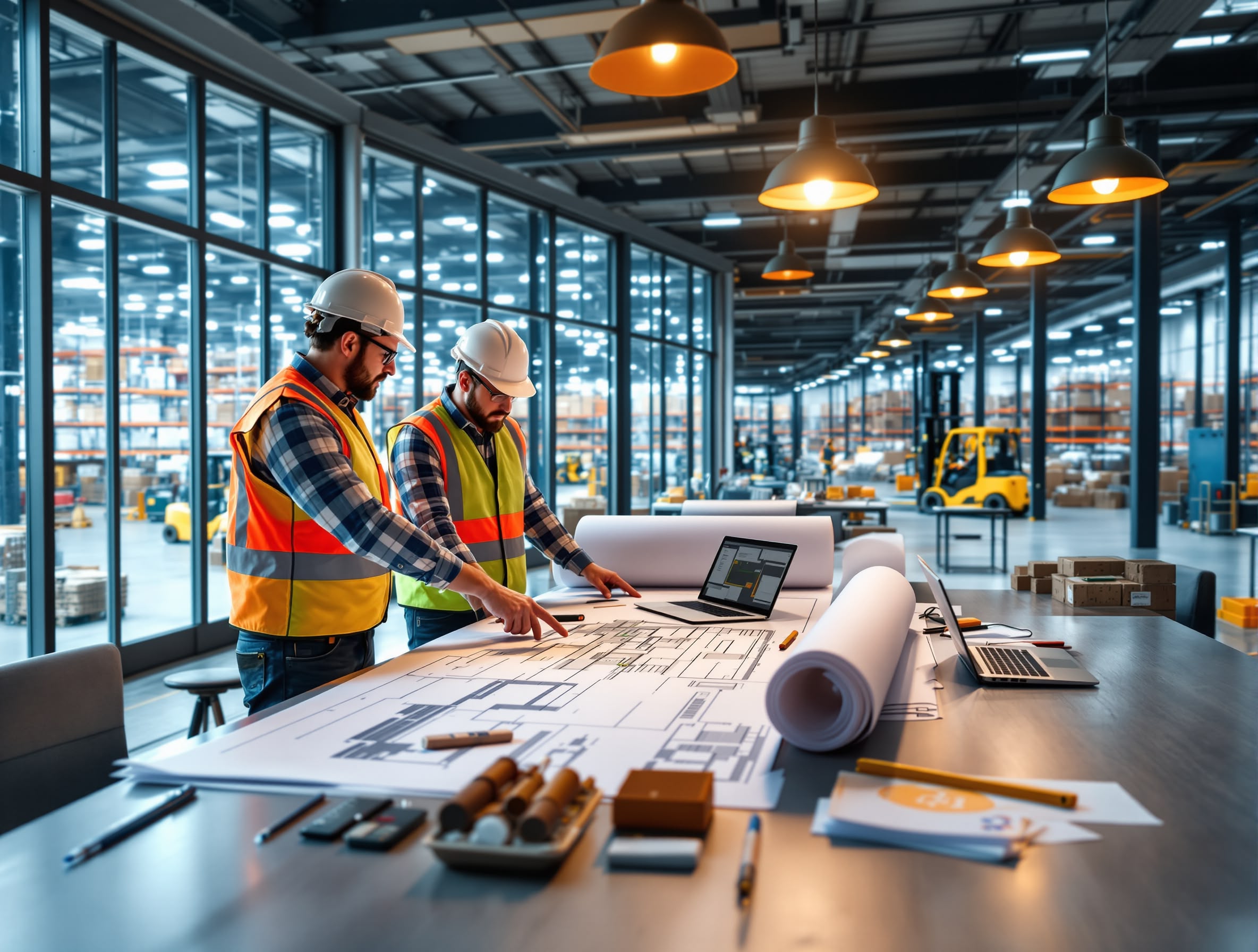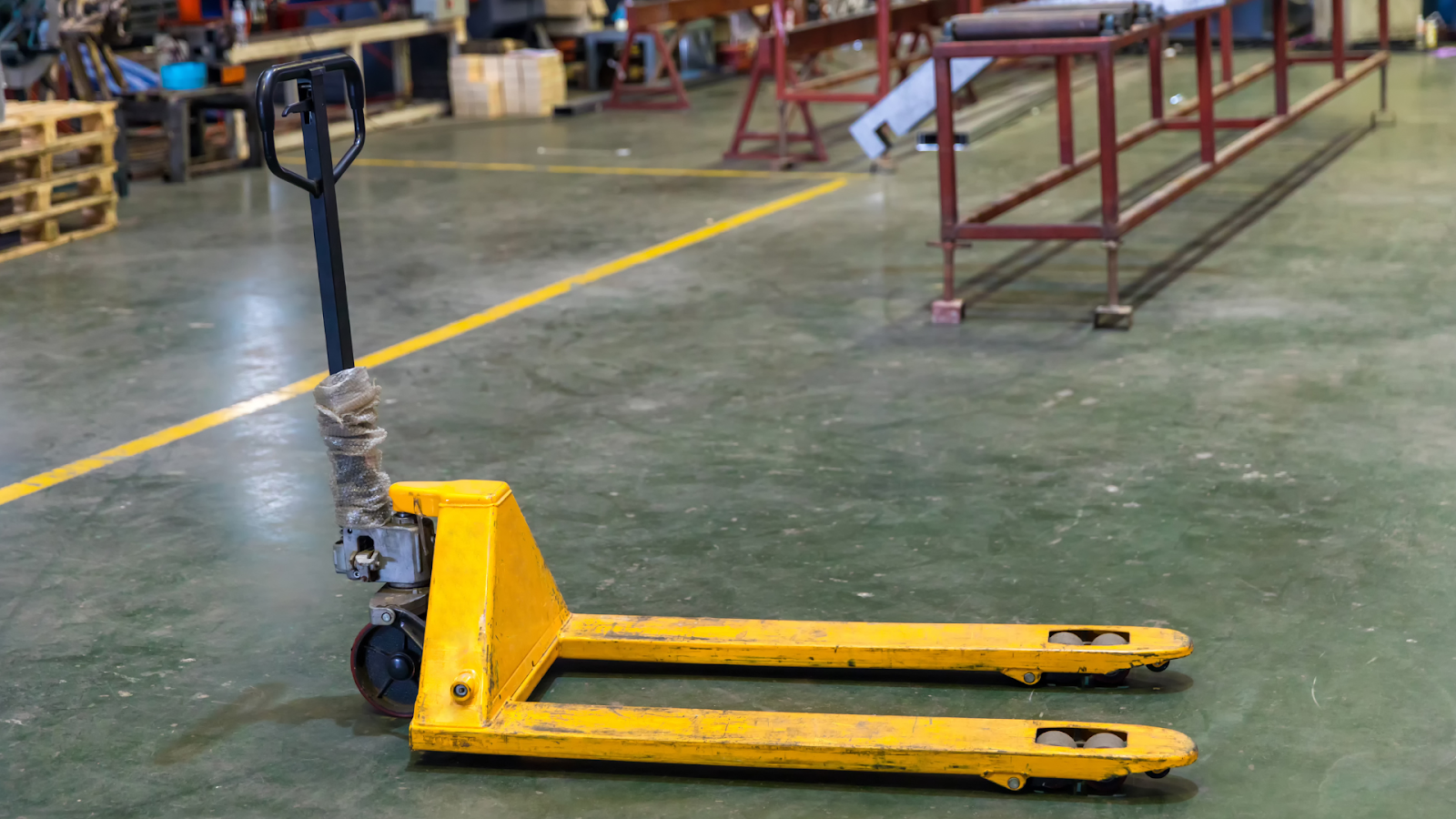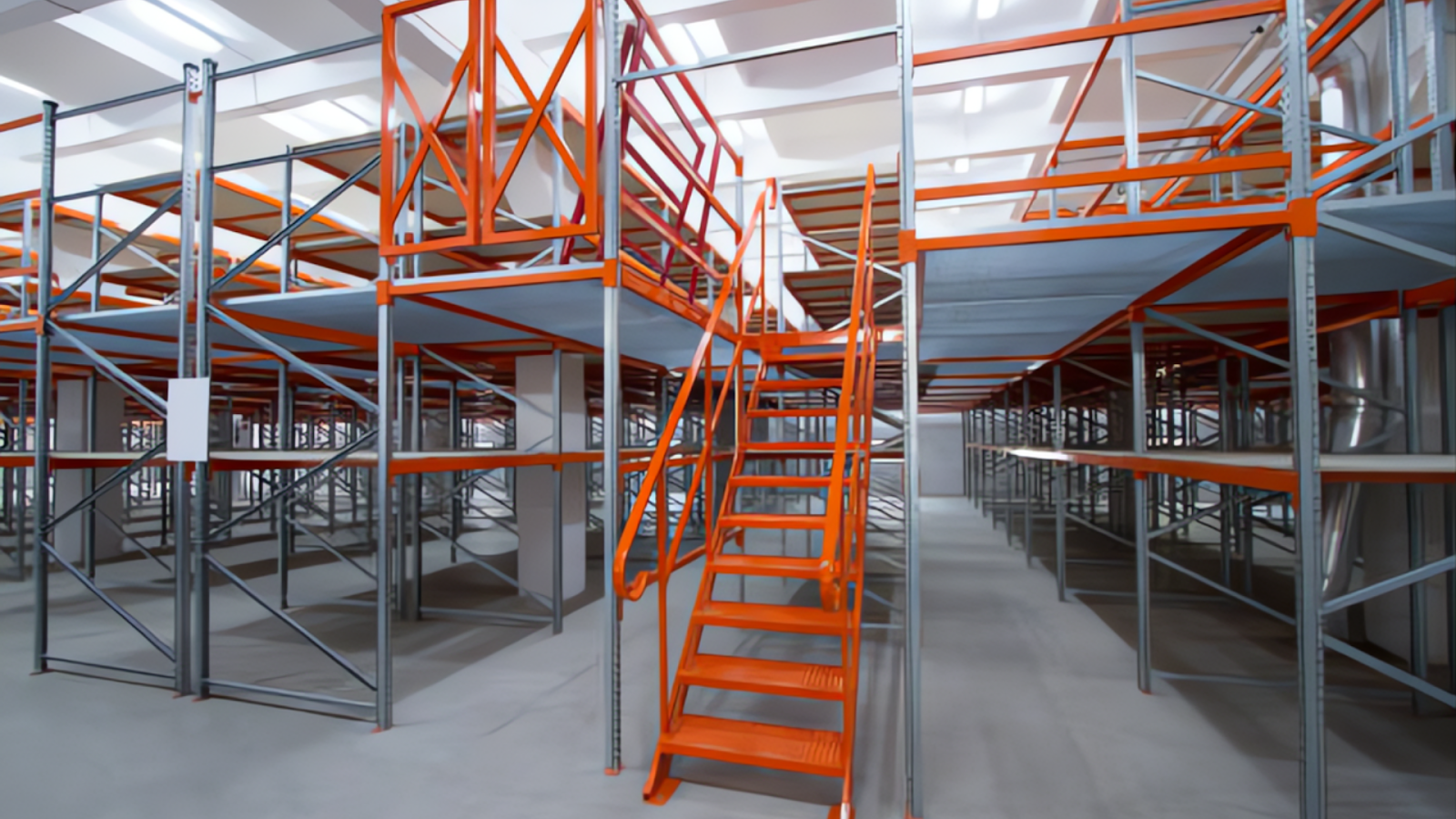Have you ever wondered how much unseen strain warehouse workers endure each day, lifting, pushing, and carrying materials? Ergonomics plays a vital role in ensuring these tasks are performed efficiently and safely. When workstations and equipment are designed to fit the worker, fatigue decreases, errors drop, and productivity rises.
In most warehouses, repetitive lifting, awkward postures, and overexertion are part of daily routines. These actions may seem harmless in the short term, but often lead to long-term musculoskeletal disorders (MSDs) such as back, neck, and shoulder injuries.
The numbers tell a clear story: MSDs remain the leading cause of injury among warehouse employees, with the sector reporting one of the highest serious injury rates at 3.8 cases per 100 workers in 2022. Overexertion and bodily reactions were the top causes, resulting in significant downtime and turnover.
By reading this blog, you’ll gain actionable insights to recognize risk areas, apply ergonomic principles, and build a safer, more efficient warehouse. Investing in worker well-being not only reduces injuries but also drives long-term productivity and operational success.
Key Takeaways
Ergonomics is not merely about making tasks more comfortable; it’s the science of designing work systems so tasks fit the worker rather than forcing the worker to fit the task. According to the Occupational Safety and Health Administration (OSHA), ergonomics is defined as adapting the job to the person rather than forcing the person to fit the job. In a warehouse environment, this means evaluating how tasks, tools, and environments interact with workers’ physical capabilities and limitations.
Manual material-handling tasks in warehouses expose workers to a range of physical strain and repetitive stress injuries. Common issues include:
Addressing these ergonomic risks early brings major benefits: fewer worker injuries, lower absenteeism, and reduced compensation costs. It also improves productivity, as tasks become more efficient and worker fatigue decreases.

Every warehouse environment presents unique physical demands, but several recurring ergonomic challenges consistently put workers at risk. Recognizing and addressing these issues early is the key to creating safer and more efficient operations.
Manual material handling remains one of the leading causes of musculoskeletal disorders (MSDs) in warehouses. Workers often bend, twist, or lift loads that are too heavy or positioned too low or high. Such repetitive movements strain the back, shoulders, and knees, leading to fatigue and injury.
Tasks that require reaching beyond shoulder height, twisting to place items on conveyors, or bending to pick from the floor create excessive strain on the spine and joints. These motions, when performed frequently or under load, can quickly lead to chronic pain and injury. Positioning materials within easy reach can significantly reduce these risks.
Poor lighting makes it harder to see hazards or read labels, while cluttered aisles force awkward movements and increase the risk of slips and trips. Extreme temperatures can also affect muscle performance; cold conditions tighten muscles, while heat accelerates fatigue. A well-lit, organized, and temperature-controlled workspace supports both safety and performance.
Even the best equipment and layout can’t prevent injuries if workers lack proper ergonomic knowledge. Without training in safe lifting techniques, the use of mechanical aids, and posture correction, employees may unknowingly put themselves at risk. Regular ergonomic education and feedback can empower teams to handle materials safely and efficiently.

An effective ergonomic strategy doesn’t just respond to injuries; it prevents them by redesigning workflows, tools, and training to align with human capabilities and limitations.
Adopting mechanical and robotic aids shifts the burden from human muscles to engineered systems, reducing strain and improving throughput.
The right tools and equipment make a significant difference in reducing fatigue and injury risk.
By designing workplace layout around the human, warehouses can remove unnecessary effort and risk.
Even the best design can fail without a workforce that understands and participates in safe ergonomics.

When a major East Coast grocery chain faced rising back and shoulder injuries among warehouse workers, it partnered with SRI-Ergonomics from The Ohio State University to redesign its approach to manual handling. The goal was simple: to make work safer without slowing productivity.
Conducted detailed ergonomic assessments of order-picking and palletizing tasks to identify high-risk movements.
Strain and sprain injuries dropped by nearly 50% within the first year of implementation.
This case proves that investing in ergonomics isn’t just about compliance; it’s about creating safer, stronger, and more efficient workplaces that benefit both employees and business outcomes.
Technology is transforming how warehouses protect workers from injuries. With the rise of AI, sensors, and wearable tech, ergonomic safety is no longer reactive; it’s proactive, data-driven, and personalized to each worker’s needs.
AI-powered systems are helping warehouses identify risks long before injuries occur.
Smart wearables are giving workers real-time feedback to correct unsafe actions before they cause harm.
The biggest leap forward comes from turning data into actionable design changes.
By combining AI, wearable tech, and data analytics, warehouses are moving from reactive safety management to proactive ergonomics, protecting workers, reducing costs, and building a culture of continuous improvement.

Investing in ergonomics isn’t just about safety; it’s a strategic move that drives measurable returns by improving efficiency, lowering costs, and boosting morale.
Ergonomic improvements directly impact a company’s bottom line by cutting injuries and improving operational flow.
Workplace safety, when embedded in company culture, becomes a defining business strength.
The most successful businesses see ergonomics as an investment in sustainability and growth.
Are you ready to upgrade your facility with equipment that supports worker safety, streamlines operations and stands the test of time? Source Equipment offers a full range of high-quality solutions, from shelving and carts to lift tables and conveyors, all designed to keep your workflow efficient and your team protected.
Our core solutions include:
Why choose Source Equipment?
Let’s design a safer, smarter warehouse together.
Ergonomics isn’t just about preventing injuries; it’s about creating a workspace where people and productivity thrive together. When warehouses are designed around workers’ needs, safety improves, downtime drops, and efficiency naturally increases. Small ergonomic upgrades today can lead to big gains in morale, performance, and profit tomorrow.
A people-focused warehouse is a productive warehouse. Investing in ergonomic tools, smart layouts, and training not only protects employees but also strengthens your entire operation. Ready to build a safer, more efficient workspace? Visit SourceEquipment.com to explore ergonomic solutions tailored to your facility.
Automation replaces repetitive, high-strain tasks with mechanical precision. Tools like conveyors, pallet positioners, and robotic lifts help reduce manual handling. This not only prevents overexertion but also increases accuracy and consistency in operations, giving employees more time for skilled and value-added work.
Not all ergonomic solutions require big investments. Simple steps like adding anti-fatigue mats, repositioning frequently used items within arm’s reach, or providing proper training can drastically cut strain. Even labeling and organizing shelves more logically can reduce unnecessary bending and reaching.
Modern warehouses use AI, motion sensors, and wearable devices to track posture and movement in real time. These technologies alert workers when they bend, twist, or lift unsafely and collect data that helps managers redesign workflows. The result is proactive injury prevention and smarter workplace layouts.
Signs include workers frequently complaining of soreness, high rates of repetitive injuries, or visible fatigue during shifts. You might also notice slower task completion times or increased absenteeism. These are strong indicators that a review of workstation layout or task design is needed.
Yes, ergonomic programs consistently show high ROI. They reduce injury-related costs, minimize compensation claims, and lower turnover rates. Studies show that businesses implementing ergonomic solutions often recover their investment within a year through reduced downtime and improved productivity.




Ready to Upgrade Your Process Operations?